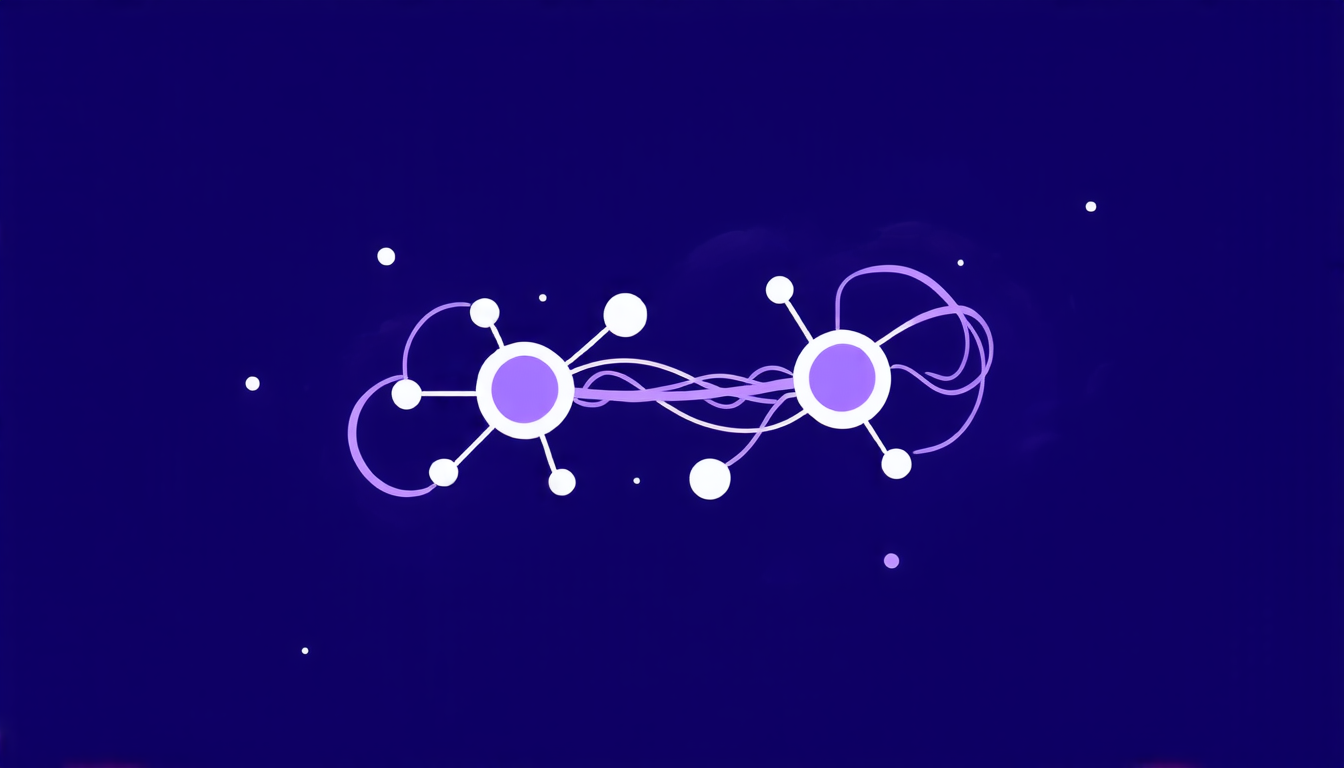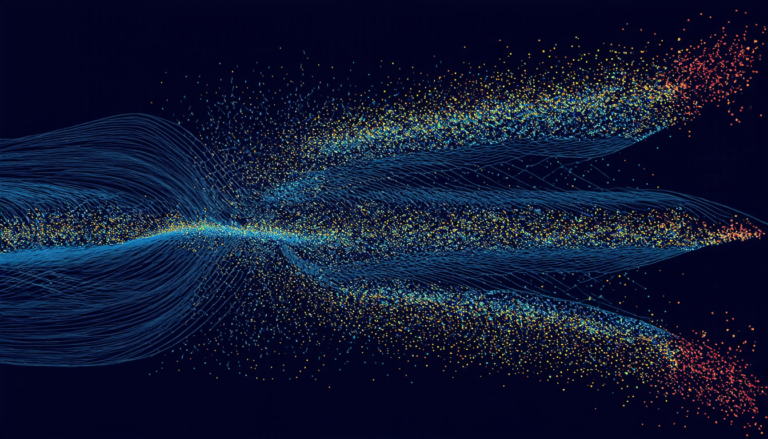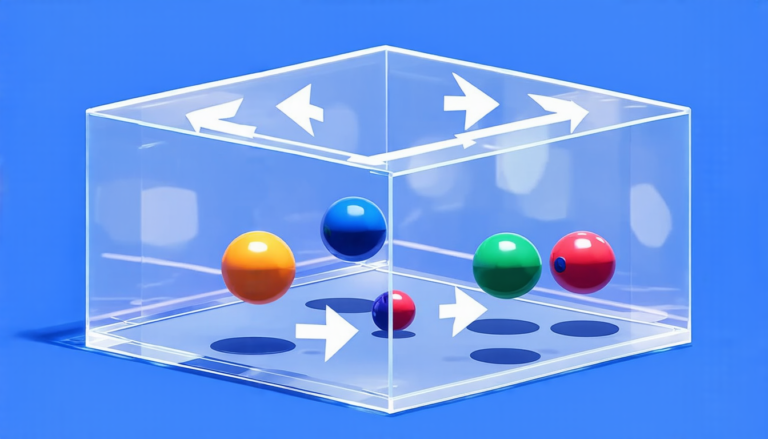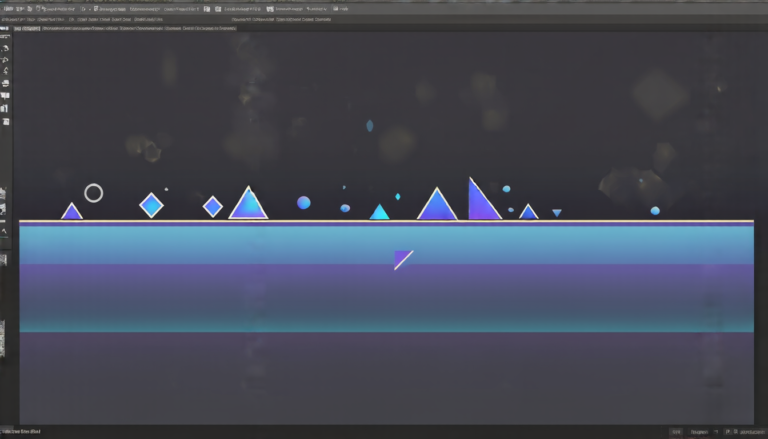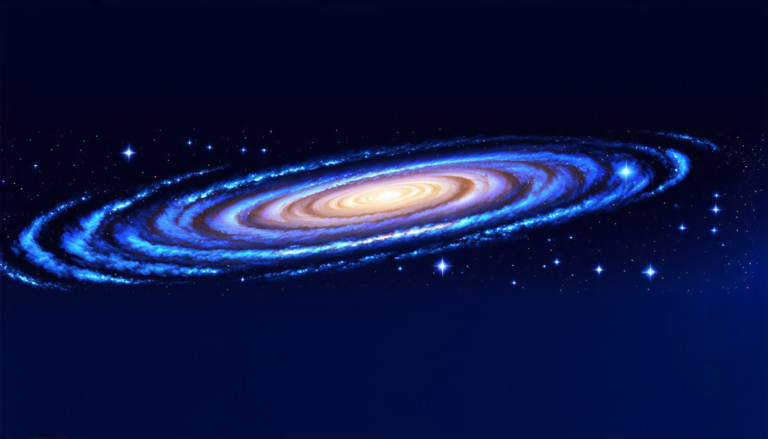Saturday 22 March 2025
A century ago, scientists were grappling with a fundamental question: can two particles be connected in such a way that their properties are intertwined, even if they’re on opposite sides of the universe? This concept, known as quantum entanglement, has been a subject of fascination and debate among physicists ever since. Recently, researchers have delved into the early history of this phenomenon, shedding light on a pioneering experiment that played a crucial role in establishing its validity.
In 1949, Chinese-American physicist Chien-Shiung Wu, along with her student Irving Shaknov, conducted an experiment that would change our understanding of quantum mechanics forever. The duo studied the angular correlation of scattered photons from electron-positron annihilation, a process where a positron (the antiparticle of an electron) collides with an electron and releases two photons.
Wu and Shaknov’s experiment was remarkable for its precision and innovative design. They used two photomultiplier tubes and anthracene crystals to detect the scattered photons, which were produced by bombarding copper with deuterons in a cyclotron. By analyzing the coincidence counting rates of these photons, they confirmed an important theoretically predicted value.
What’s significant about this experiment is that it produced quantum entanglement in a controlled manner, allowing researchers to investigate its properties more closely than ever before. This was no small feat, as entangled particles are notoriously difficult to study due to their fragile nature and the need for precise measurement techniques.
The Wu-Shaknov experiment had far-reaching implications for our understanding of quantum mechanics. It demonstrated that entanglement is not just a theoretical concept but a real phenomenon that can be observed and measured. This discovery has since been confirmed numerous times, leading to a deeper appreciation of the strange and counterintuitive nature of quantum reality.
Fast forward to the 1960s, when physicist John Bell proposed an inequality that would challenge our understanding of entanglement even further. The Bell inequality is based on the idea that if two particles are entangled, their properties should be correlated in a specific way. However, this correlation is not compatible with classical physics, leading some to question whether quantum mechanics is truly complete.
The Wu-Shaknov experiment played a crucial role in testing the Bell inequality, and researchers have since sought to replicate and improve upon its findings. Today, scientists continue to explore the properties of entangled particles, using them to create secure communication networks and even simulate complex quantum systems.
Cite this article: “Unraveling the Mysteries of Quantum Entanglement: The Wu-Shaknov Experiment”, The Science Archive, 2025.
Quantum Entanglement, Chien-Shiung Wu, Irving Shaknov, Photons, Electron-Positron Annihilation, Cyclotron, Photomultiplier Tubes, Anthracene Crystals, Bell Inequality, Quantum Mechanics
Reference: Yu Shi, “Chien-Shiung Wu as the experimental pioneer in quantum entanglement” (2025).

